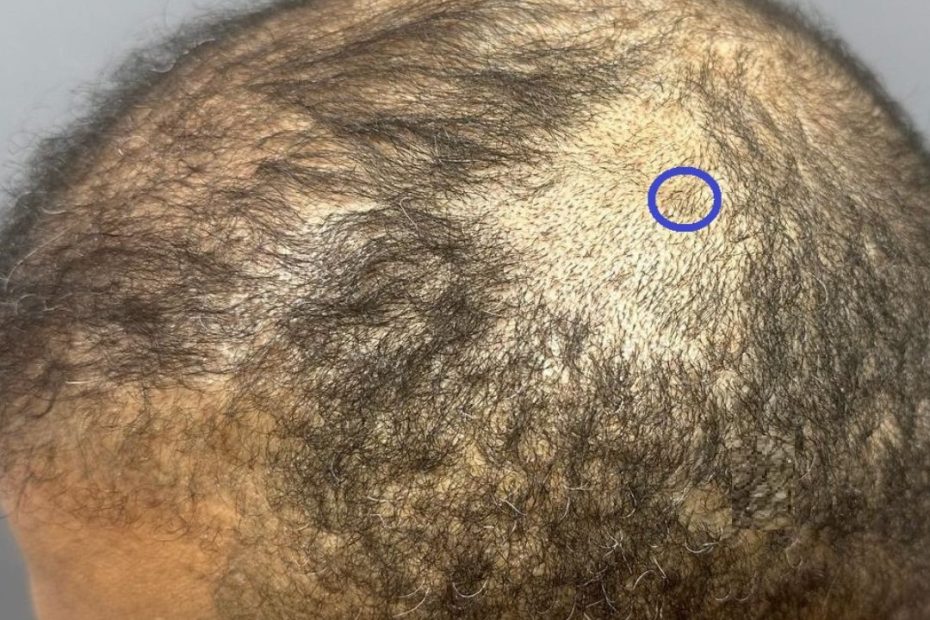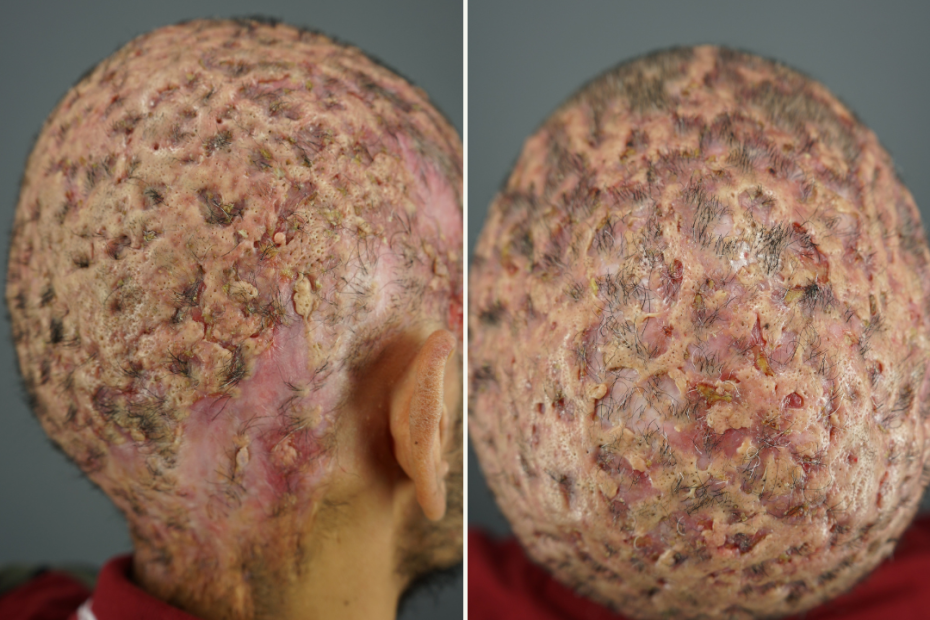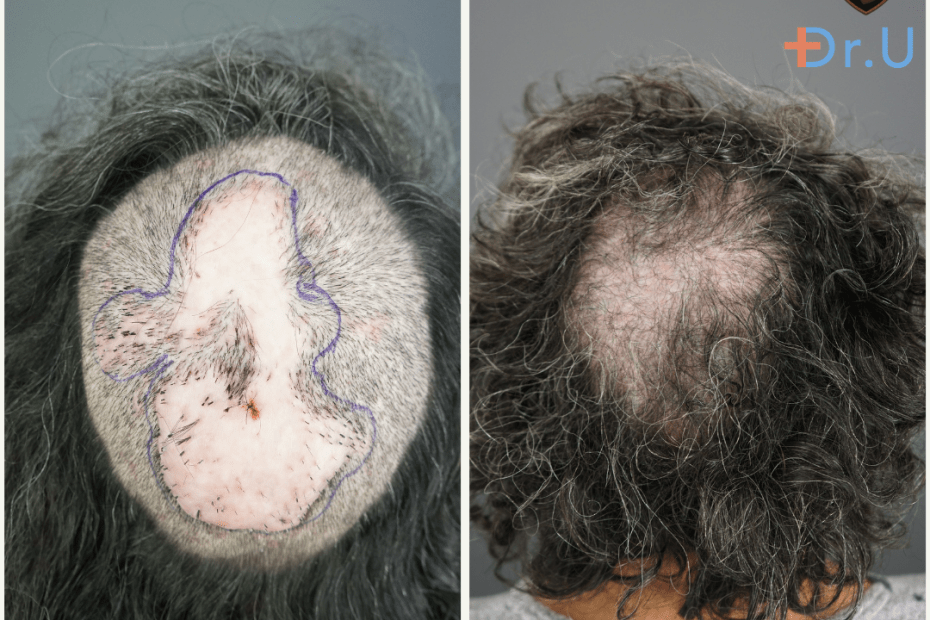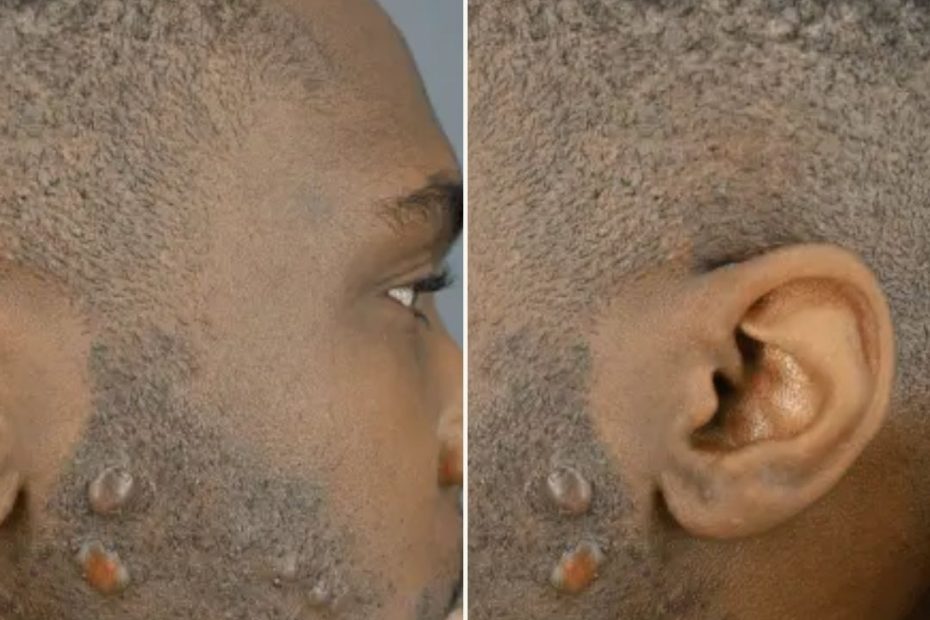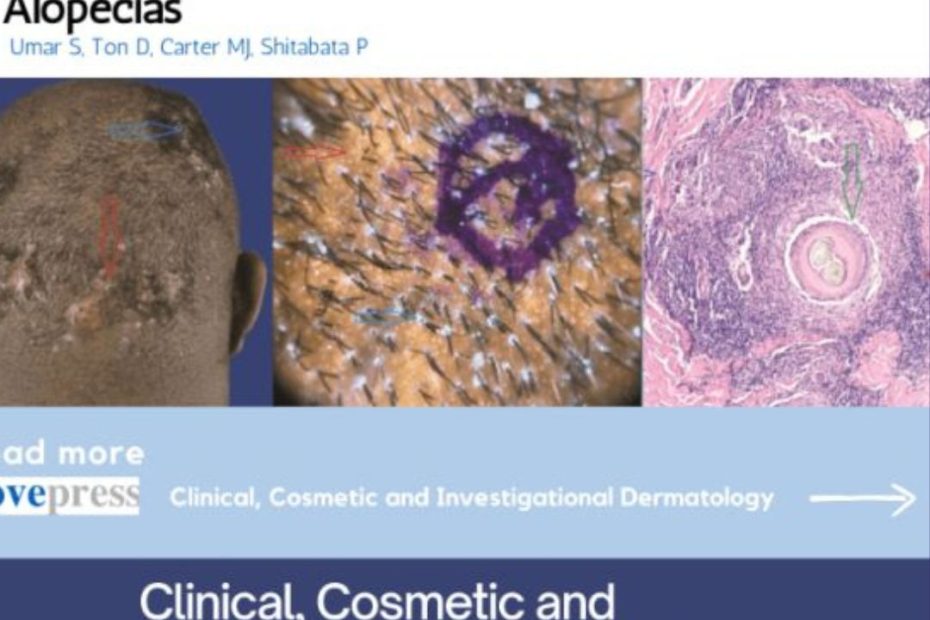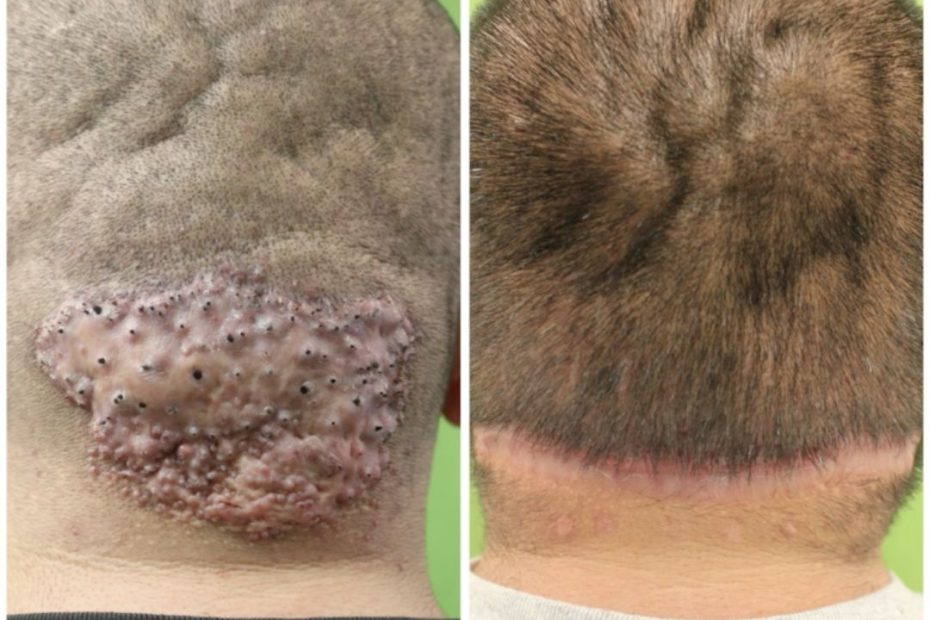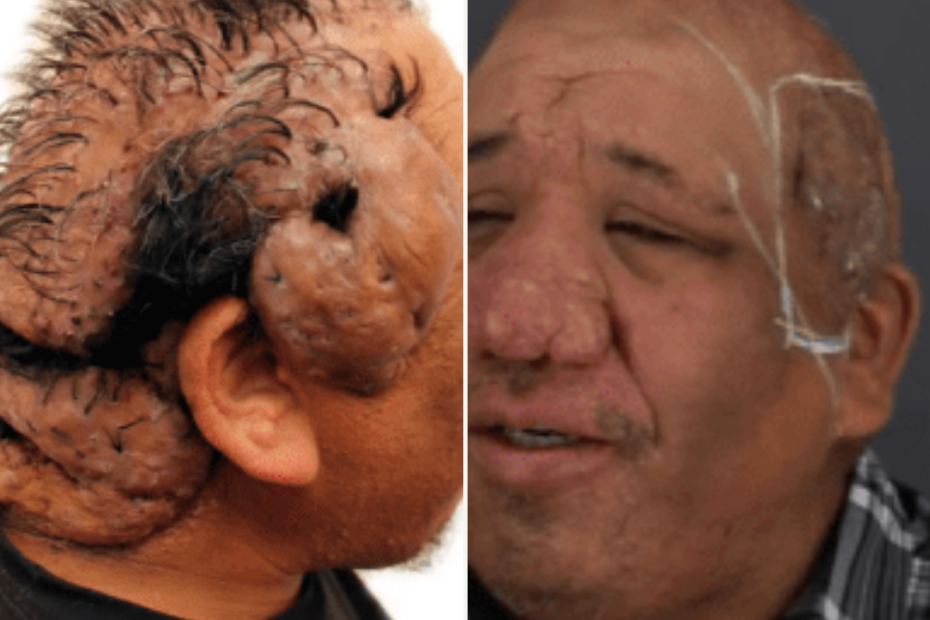What is a Skin Tag or Dermatosis Papulosa Nigra (DPN)?
Dermatosis Papulosa Nigra (DPN), often referred to as skin tags, is a common dermatological condition that presents as small, benign lesions on the skin. While… Read More »What is a Skin Tag or Dermatosis Papulosa Nigra (DPN)?

